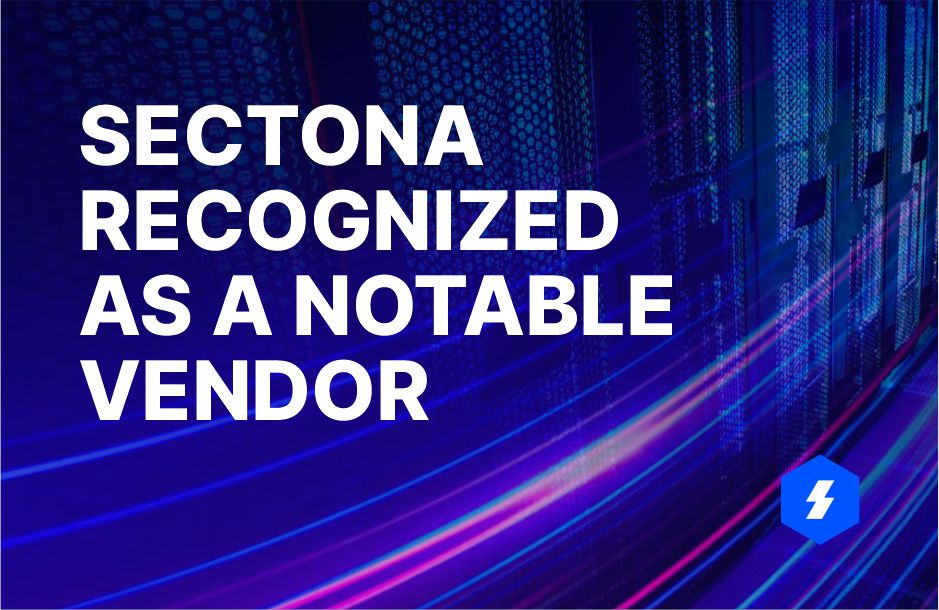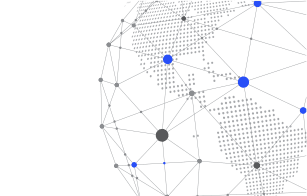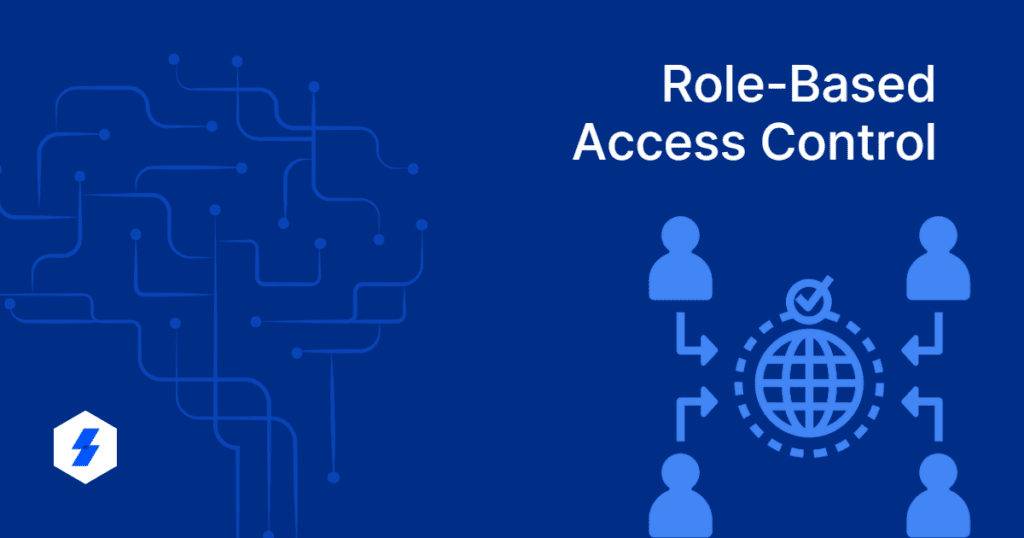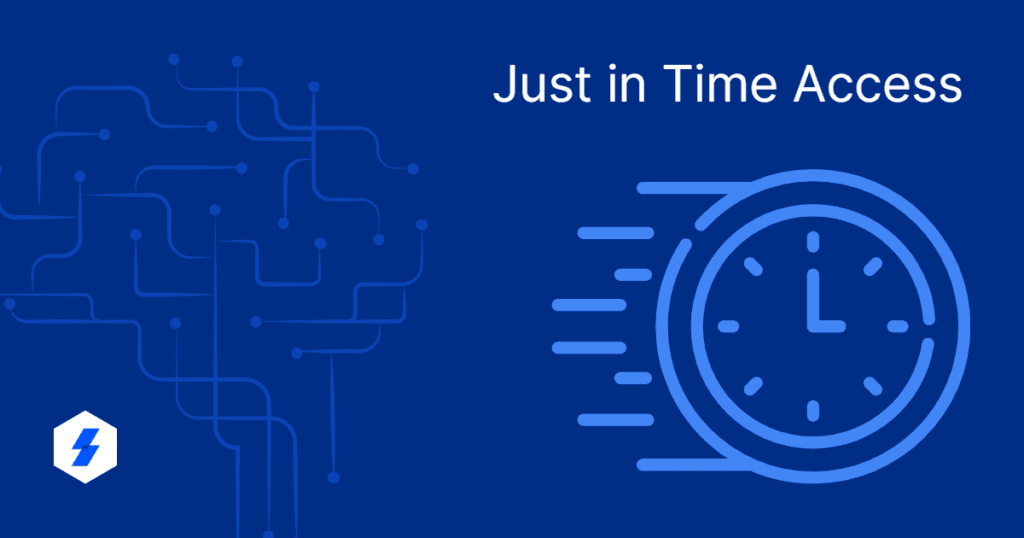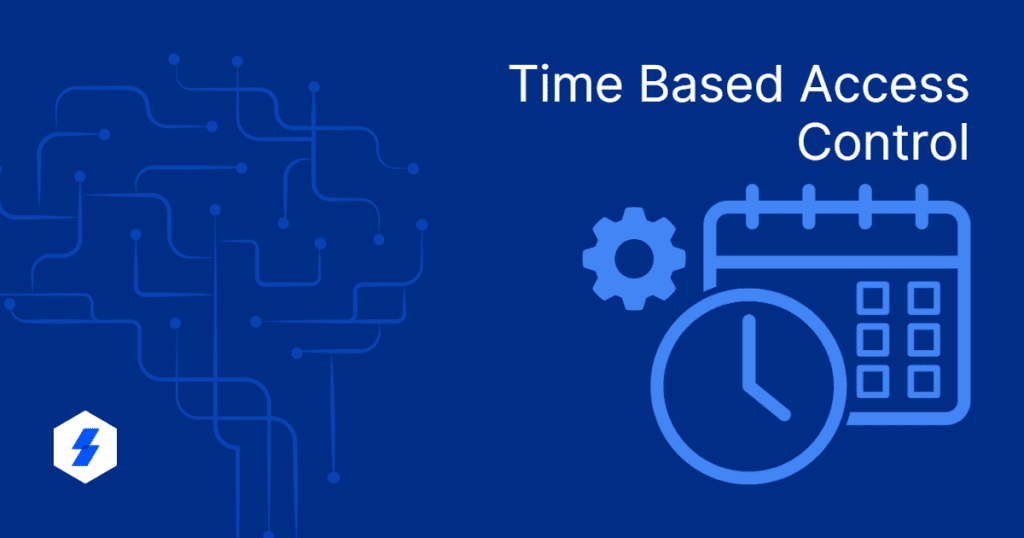What is the Principle of Least Privilege in Cybersecurity
The Principle of Least Privilege (POLP) is a computer security concept that involves granting minimum access permissions to enterprise users to perform their job functions. POLP is an essential step toward protecting privileged accounts from unauthorized access.
The least privilege concept is not just applicable to human users. It also limits non-human users’ access permissions, such as applications and systems that leverage privileges to perform specific tasks.
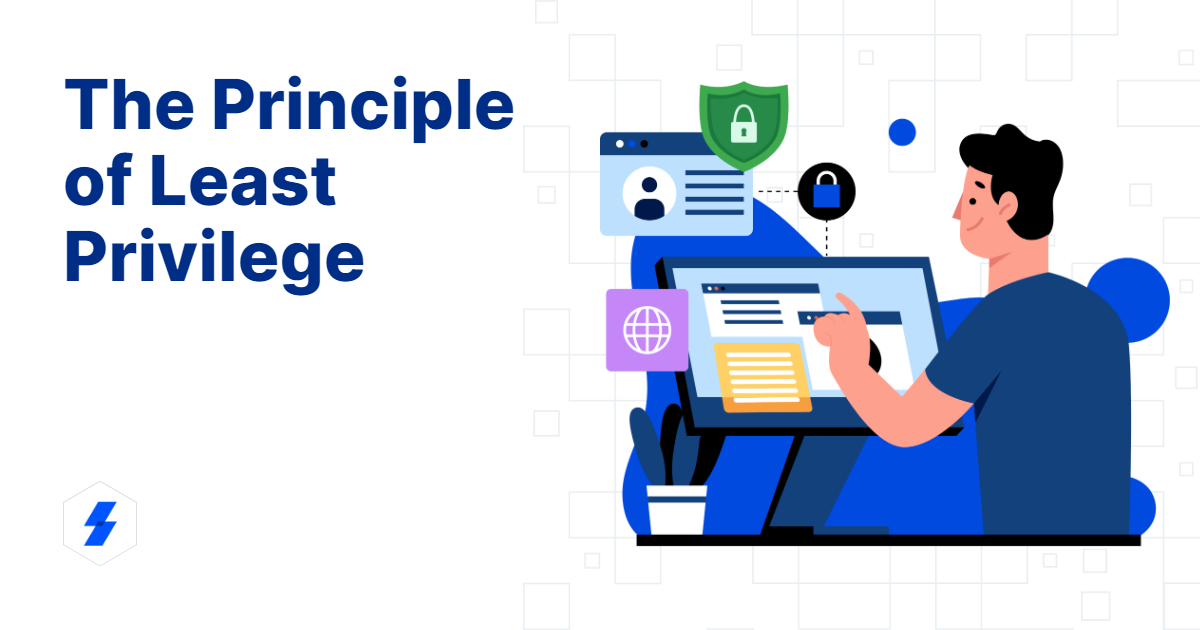
An example of the POLP concept can be an administrator in an enterprise, possesses admin-level privileges, including the ability to configure and manage systems, install software, and modify system settings. At the same time, a developer can only access the development environments, source code repositories and testing environments.
What are the Benefits of Implementing the Principle of Least Privilege (POLP)?
- Prevents Malware Propagation: POLP prevents malware attacks from spreading internally. Implementing the least privileges strategy can block malware’s lateral movement and privilege escalation attacks by restricting access rights of every endpoint and application.
- Reduces the Attack Surface: Today, many high-profile cyber-attacks involve the exploitation of privileged credentials. Possessing numerous privileged accounts can increase a company’s attack surface. The implementation of least privileges reduces the number of privileged access points that an intruder can exploit, minimizing the attack surface.
- Enhanced Data Categorization: The Principle of Least Privilege helps enterprises track who has access to what data, which enables seamless privileged account delegation and future audits.
- Streamlines Compliance and Audit: Enterprises that store and process critical information must comply with regulatory requirements such as PCI DSS, GDPR, HIPAA and SOX. The enforcement of POLP can enable companies to demonstrate their compliance with a complete audit trail of privileged user activity in their environments.
How to Implement the Principle of Least Privilege?
Implementing the Principle of Least Privilege (POLP) involves systematically managing user, system, and process access permissions. Here are some basic steps to employ the POLP strategy effectively:
- Identify User Roles and Responsibilities: Start the implementation of POLP by first identifying the different roles within your organization and the specific responsibilities associated with each role.
- Conduct Audits: Perform a thorough audit of existing access controls and permissions for each user or role to ensure that there is no privilege creep.
- Define Access Levels and Permissions: Review the permissions identified during the audit and categorize them based on the specific tasks or operations they enable. Define a set of access levels or permissions that align with the least privilege principle. These levels should reflect the minimum access required for users to perform their tasks effectively.
- Implement Role-Based Access Control (RBAC): RBAC is a fundamental framework for implementing the Principle of Least Privilege strategy. Assign users to specific roles based on their job responsibilities and grant each role the minimum permissions necessary to perform its functions. Avoid giving unnecessary privileges or excessive access rights beyond a user’s defined role.
- Regularly Review and Update Permissions: Conduct periodic reviews to ensure that permissions align with the least privilege principle. As roles and responsibilities change within the organization, update access levels accordingly and revoke any unnecessary permissions.
- Limit Administrative Privileges: Limit the use of administrator and superuser accounts to only specific administrative tasks and ensure they are not used for routine activities.
- Implement Strong Authentication and Authorization Mechanisms: Enforce robust authentication methods, such as Multi-Factor Authentication (MFA), to verify the identity of users before granting access to sensitive resources. Additionally, enforce strict authorization mechanisms to control critical systems and data access.
- Monitor and Log Access Activities: Implement robust monitoring and user event logging systems to track privileged user activities and access attempts. Review the logs to identify suspicious or unauthorized access attempts and take appropriate actions.
- Automate Privilege Management: Leverage a robust Privileged Access Management solution to streamline privilege management and security processes. This helps ensure the consistent application of access controls, reduces the risk of human error, and enables confidence in achieving cybersecurity compliance.
Note: Some Concepts related to the Principle of Least Privilege (POLP)
What is Privilege Creep?
The gradual accumulation of access privileges beyond a user’s access rights is known as privilege creep. It occurs when a user’s job description updates, but the old privileges are not revoked, or when a user’s temporary privileges are not revoked.
Often, privilege creep also occurs when IT teams provide unrestricted access privileges to all users in the organization. This unnecessary proliferation of user privileges can result in data loss and theft due to human error or targeted cyber-attacks.
What is Privilege Bracketing?
Privilege bracketing involves limiting the scope or duration of elevated privileges granted to users or processes.
In privilege bracketing, privileges are temporarily elevated or expanded to allow users or processes to perform specific tasks or operations that require higher permissions. However, these privileges are strictly limited to the necessary resources and time to complete the job.
Once the required task is finished or the time limit expires, the elevated privileges are immediately revoked, reducing the window of opportunity for potential attackers. Privilege bracketing aims to mitigate the risks associated with long-term or continuous elevated privileges.
It is important to note that privilege bracketing is just one aspect of a robust security strategy. It should be combined with other security measures, such as strong authentication, access controls, monitoring, and vulnerability management, to provide a robust defence against cyber threats.
Implementing the Least Privilege Principle with Sectona
Sectona provides purpose-built privileged access management components that help you control access permissions, delegate privileged access, authenticate users, secure credentials, and govern privileges.
Gain comprehensive security visibility by implementing the least privileges with Sectona. Learn more about us or get in touch with us today.

